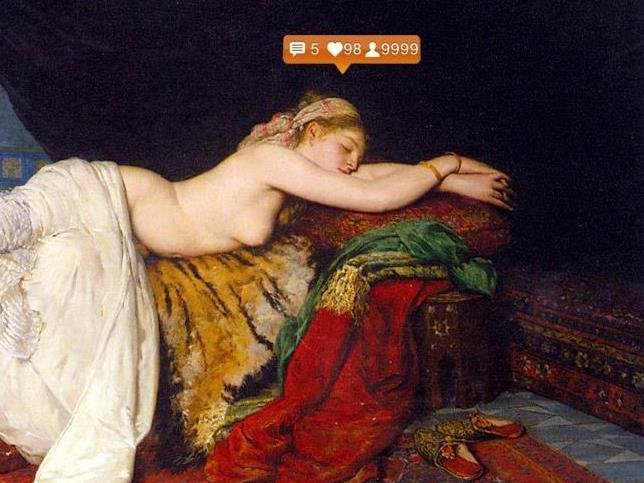#Instadreams by collage artist Sammy Slabbinck. Image via: sammyslabbinck.tumblr.com
Design thinking is now embraced far beyond the creative industries using creative thinking to deliver benefits in health, community and environment. But not all arts organisations are applying the creativity they foster to their own way of doing business.
Innovative frameworks and design principles can be adapted by individual artists, brands and organisations to help them stand out on social media.
In the first event in DIAlogue AM breakfast series for 2015, design industry leaders explored the concept of ‘digital self’ and what they have learned when it comes to standing out online.
Conveyor and DIA Experience Design Liaison, Xisca Mairata, told ArtsHub design thinking can be effectively applied to social media. ‘If you think about your social media as an extension of your business and personality, then the rapid cycles of an iteration that design thinking promotes, the open mindedness, listening rather than pushing out (which we tend to see on social), and being open to new directions and new influences is design thinking 101.’
A thoughtful strategy for social media is a key component of creating digital self. Sina Kresse, Senior Digital Consultant at multidisciplinary creative powerhouse Yoke cautioned, ‘If we don’t actually design ourselves online, someone else might.
Being aware of our digital footprint can offer transformative insights for your organisation or art practice, but a digital self should also be monitored and crafted. ‘I believe to be successful in designing yourself online you need to have technology, creativity, and strategy,’ added Kresse.
So how can the arts borrow design thinking principles to boost their social media strategy? We share some key tips from the session.
Make the most of a level playing field
Sina Kresse said that characteristics inherent in social media – near-zero marginal costs and ubiquity – combine to create a ‘level playing field’ that can be easily leveraged by organisations.
‘Everyone can design a digital self, you don’t need to have lots of resources,’ said Kresse. The ubiquity of social media is important to consider when we are designing our digital selves, explained Kresse, because everything your making is available for everyone, everywhere.
This is great for exposure, but also comes with some risks. ‘You cannot hide from the internet, if you mess something up it will get shared, it will get commented on and it will go wild,’ said Kresse.
The good news is that ‘you can’t always manage what has happened, but you can manage your reaction to it.’ Applying creativity, genuine reflection and designing a response can transform a social media blunder as a connection to your community.
Leverage all touch points
When considering the appearance of their digital self, organisations may think setting up social media channels with their brand banner is all it takes, said Kresse. But design thinking doesn’t stop with a logo.
‘It is a crowded space, but there is still room for your brand,’ said Kresse. ‘But it is a journey – there are so many touch points.’
Applying design thinking to a variety of platforms can help increase your reach. Beyond social media channels, consider optimising search engines, email signatures, banners on other sites, forums, aggregators, partner website all contribute to your organisations digital self.
Kresse recommends designing consistent message across all touch points, which will in term help your organisation to ‘monopolise your digital self’ and prevent others from designing your brand for you.
Xisca Mairata also recommends organisations focus strongly on LinkedIn because ‘it is opening opportunities for people who work in the business world to other forms of thinking like visual communication, like design thinking’.
Make yourself attractive
Sharing Yoke’s 13 Rules of Social Engagement blogpost, Kresse pointed out that one of the key responsibilities of designers – to make things attractive – also applies to social media strategies.





